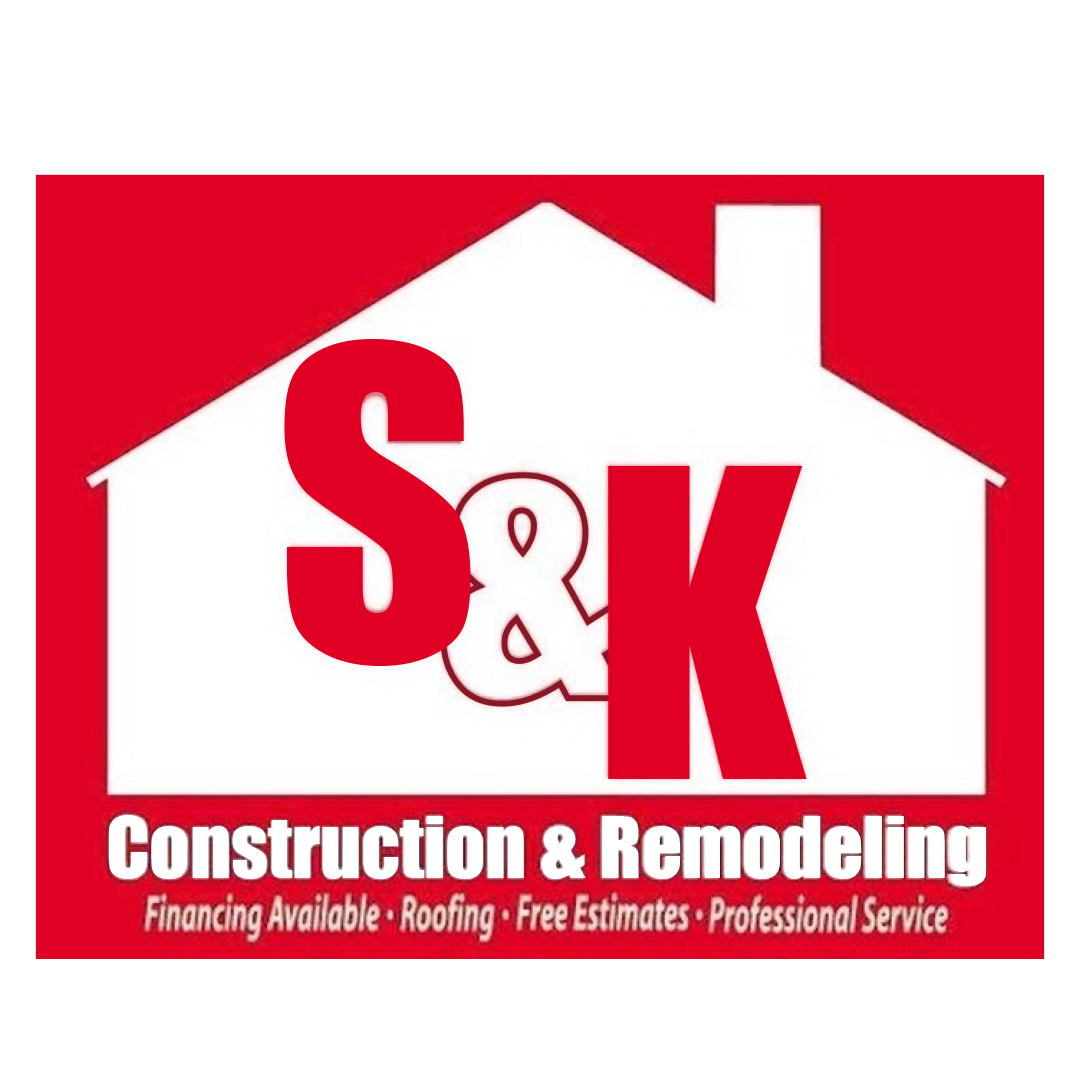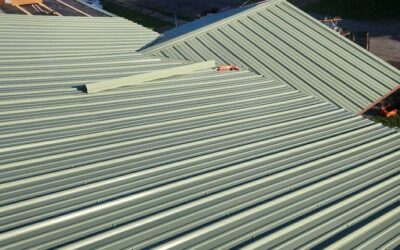Different Roof Types: Pros and Cons
When it comes to building or renovating a home, the roof is one of the most critical aspects to consider. Not only does it protect your home from the elements, but it also plays a significant role in the aesthetic appeal, energy efficiency, and durability of your property. Choosing the right roof type can be a daunting decision, as there are numerous styles and materials to choose from. In this comprehensive guide, we’ll dive into the most popular roof types, detailing the pros and cons of each so you can make an informed decision for your home.
1. Asphalt Shingle Roofs
Asphalt shingles are by far the most popular roofing material in North America, and for good reason. They are affordable, versatile, and come in a variety of colors and styles to match any home design.
Pros:
- Affordable: Asphalt shingles are one of the most cost-effective roofing materials, making them an ideal choice for budget-conscious homeowners.
- Variety of Styles: Asphalt shingles come in a range of colors and textures, allowing you to choose a style that complements the design of your home.
- Easy to Install: Asphalt shingles are relatively easy to install, which can help lower installation costs.
- Durability: Asphalt shingles typically last between 15 to 30 years, depending on the quality and maintenance.
- Fire Resistant: Many asphalt shingles are treated with fire-resistant chemicals, adding an extra layer of protection to your home.
Cons:
- Shorter Lifespan: Compared to other roofing materials like metal or slate, asphalt shingles have a shorter lifespan and may need to be replaced more frequently.
- Susceptible to Weather Damage: Asphalt shingles can be damaged by extreme weather conditions, including high winds and hail.
- Environmental Impact: Asphalt shingles are not the most eco-friendly option, as they are made from petroleum-based products and can take a long time to decompose in landfills.
2. Metal Roofs
Metal roofing is becoming increasingly popular due to its durability, energy efficiency, and modern aesthetic. Available in various materials like aluminum, steel, and copper, metal roofs offer a wide range of options for homeowners.
Pros:
- Longevity: Metal roofs can last 40 to 70 years, depending on the material used. This makes them one of the most durable roofing options available.
- Energy Efficient: Metal roofs reflect heat, helping to keep your home cooler in the summer and reducing energy costs. They are also ideal for homes in hot climates.
- Low Maintenance: Metal roofs are relatively easy to maintain and do not require frequent repairs or replacements.
- Fire Resistant: Metal is non-combustible, which makes it a fire-resistant roofing material.
- Environmentally Friendly: Many metal roofs are made from recycled materials and are recyclable at the end of their life, making them an eco-friendly option.
Cons:
- Cost: Metal roofs are more expensive than asphalt shingles, both in terms of material costs and installation. The higher upfront cost can be a drawback for some homeowners.
- Noise: Metal roofs can be noisy during rain or hailstorms, which may be a concern for some homeowners, especially in areas with frequent rainfall.
- Denting: Although metal roofs are durable, they can be prone to denting from hail or falling branches, particularly in softer materials like aluminum.
3. Clay and Concrete Tile Roofs
Clay and concrete tile roofs are known for their distinct appearance and exceptional longevity. These roofs are commonly found in Mediterranean, Spanish, and Southwestern-style homes.
Pros:
- Longevity: Clay and concrete tiles can last over 50 years, with some roofs lasting up to 100 years or more.
- Aesthetic Appeal: The unique, rustic look of clay and concrete tiles adds a timeless beauty to your home and can significantly increase curb appeal.
- Fire Resistant: Both clay and concrete tiles are naturally fire-resistant, making them an excellent choice for areas prone to wildfires.
- Energy Efficient: The air pockets between the tiles provide excellent insulation, keeping your home cooler in the summer and warmer in the winter.
- Low Maintenance: Clay and concrete tiles are low maintenance and resistant to rot and insect damage.
Cons:
- Cost: Clay and concrete tiles are among the most expensive roofing materials, both in terms of material and installation costs.
- Weight: Clay and concrete tiles are heavy, which means your home’s structure may need to be reinforced to support the added weight.
- Fragility: While durable, clay and concrete tiles can break or crack under heavy impact, such as from falling branches or hail.
4. Wood Shake Roofs
Wood shake roofs are made from hand-split or machine-cut wood, typically cedar, and provide a natural, rustic appearance. They are often used in traditional and craftsman-style homes.
Pros:
- Aesthetic Appeal: Wood shake roofs offer a unique, natural look that can enhance the charm of your home.
- Insulation: Wood shakes provide excellent insulation properties, helping to regulate your home’s temperature and reduce energy costs.
- Durability: When properly maintained, wood shake roofs can last 30 to 40 years.
- Eco-Friendly: Wood shakes are a renewable resource, making them a more sustainable option compared to other materials.
Cons:
- Maintenance: Wood shake roofs require more maintenance than other materials. They need to be regularly treated to prevent mold, mildew, and rot.
- Fire Hazard: Wood shake roofs are highly flammable unless treated with fire-resistant chemicals, and even then, they may not provide the same level of fire resistance as other materials.
- Cost: Wood shakes can be expensive, particularly when you factor in the ongoing maintenance required to keep them in good condition.
5. Slate Roofs
Slate is a premium roofing material known for its elegance, durability, and natural beauty. It is commonly used on historic homes and luxury properties.
Pros:
- Longevity: Slate roofs are one of the longest-lasting roofing materials, with an expected lifespan of 75 to 100 years or more.
- Aesthetic Appeal: The natural look of slate provides a sophisticated and timeless appearance that can increase the value of your home.
- Fire Resistant: Slate is a non-combustible material, providing excellent fire protection.
- Low Maintenance: Slate roofs are easy to maintain and do not require frequent repairs.
Cons:
- Cost: Slate roofs are one of the most expensive roofing options, both in terms of material costs and installation.
- Weight: Slate tiles are heavy, which may require structural reinforcement for your home.
- Fragility: Slate can crack or break if walked on or if impacted by heavy objects, which can lead to costly repairs.
6. Flat Roofs
Flat roofs are commonly used in commercial buildings, but they are also popular in modern residential architecture, particularly in urban areas. These roofs are characterized by a minimal slope and a smooth surface.
Pros:
- Modern Aesthetic: Flat roofs offer a sleek, contemporary look that is ideal for modern and minimalist home designs.
- Additional Usable Space: The flat surface can be used for various purposes, such as a rooftop garden, outdoor living area, or solar panel installation.
- Cost-Effective: Flat roofs are generally less expensive to install than pitched roofs because they require fewer materials and less labor.
Cons:
- Drainage Issues: Flat roofs do not shed water as effectively as sloped roofs, which can lead to water pooling and potential leaks.
- Maintenance: Flat roofs require regular maintenance to ensure proper drainage and prevent water damage.
- Shorter Lifespan: Flat roofs typically have a shorter lifespan compared to pitched roofs, as they are more susceptible to damage from standing water and weather extremes.
7. Green Roofs
Green roofs, also known as living roofs, are covered with vegetation and plants. These roofs are an eco-friendly option that promotes sustainability and can provide a range of benefits for homeowners.
Pros:
- Energy Efficiency: Green roofs provide natural insulation, helping to reduce heating and cooling costs.
- Environmental Benefits: Green roofs absorb rainwater, reduce stormwater runoff, and improve air quality, making them an environmentally friendly choice.
- Aesthetic Appeal: A green roof can create a beautiful, natural space on top of your home, adding to your property’s curb appeal.
- Noise Insulation: The plants on a green roof help to absorb sound, reducing noise pollution from the surrounding environment.
Cons:
- High Cost: Green roofs can be expensive to install, particularly if structural reinforcements are needed to support the added weight of the soil and vegetation.
- Maintenance: Green roofs require ongoing maintenance to ensure the plants remain healthy and the system functions properly.
- Limited Availability: Not all homes are suitable for green roofs, especially in areas with extreme weather conditions or limited space.
Conclusion
Choosing the right roof for your home is a significant decision that will affect the appearance, durability, and energy efficiency of your property for years to come. From the affordability and versatility of asphalt shingles to the longevity and elegance of slate, each roofing material has its own set of pros and cons. Consider your budget, climate, and aesthetic preferences when selecting the best roof type for your home. If you’re unsure which roof is best for your needs, consulting with a professional roofing contractor can help you make an informed decision. Whether you’re building a new home or replacing an old roof, the right roof can enhance the beauty and value of your property while providing long-lasting protection.
 (440) 307-2060
(440) 307-2060


